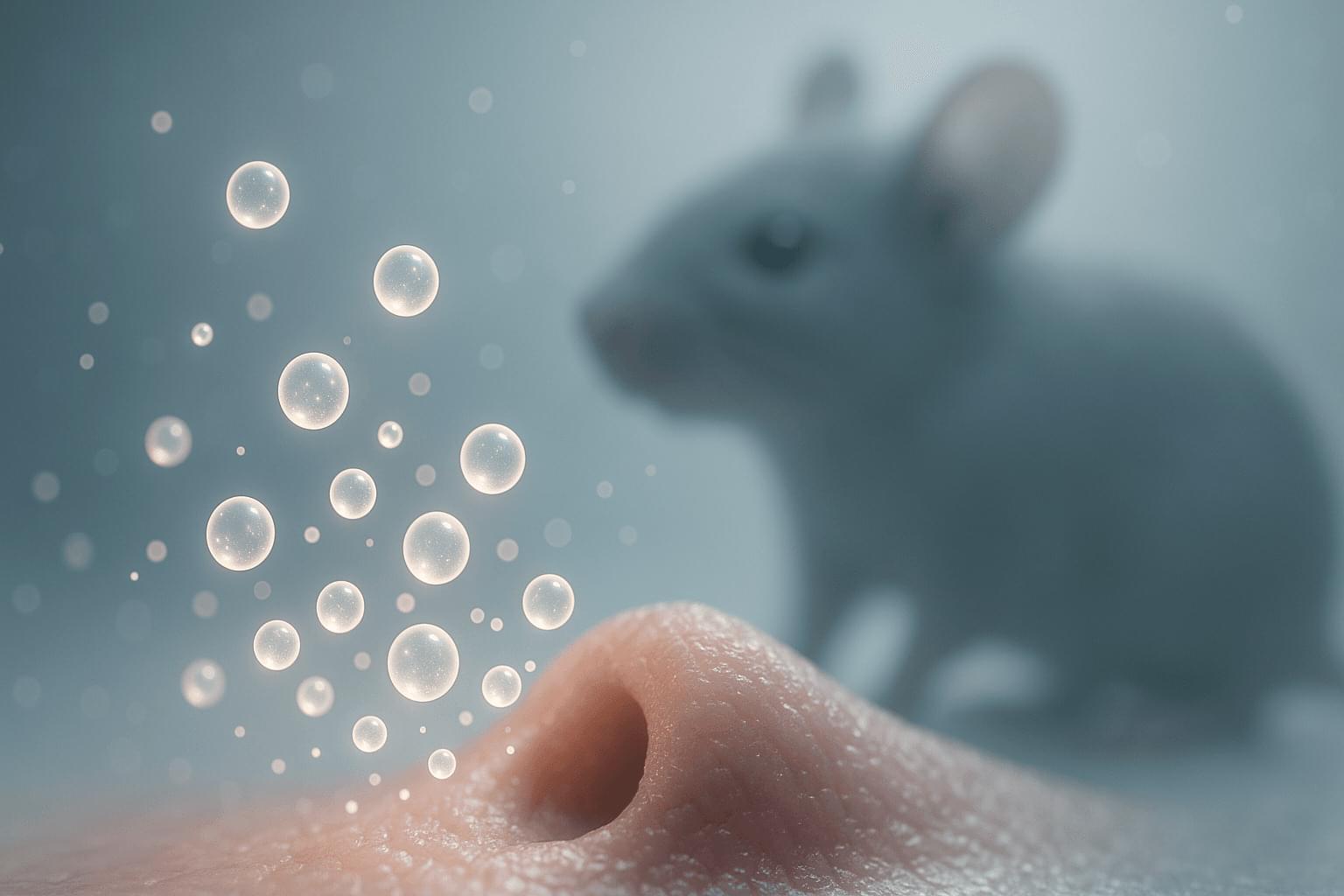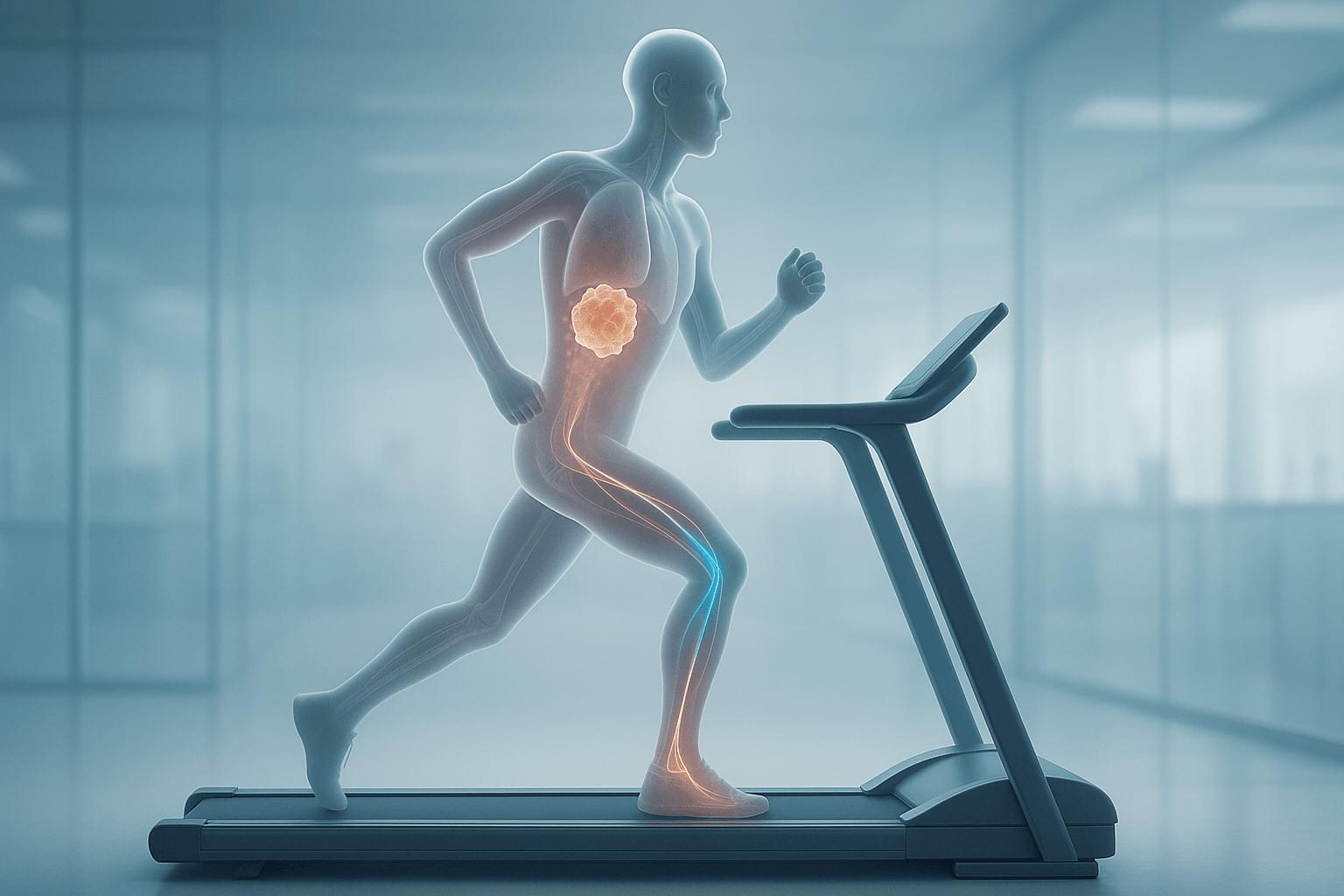Dmitrii Evdokimov has offered a comprehensive breakdown of the evolution of in-game cinematics, walking us through their history from Final Fantasy and Alone in the Dark to modern games and outlining the techniques used in each period.
Get the latest international news and world events from around the world.



Gene therapy improves movement in kids with spinal muscular atrophy
A single-dose gene replacement therapy is found to improve movement ability in children over 2 years of age and teenagers with spinal muscular atrophy, according to research published in Nature Medicine. The results of this phase 3 clinical trial, involving 126 children and adolescents, could support an alternative to lifelong, repeat-dose treatments for people living with spinal atrophy beyond the age of 2 years.
Spinal muscular atrophy is a rare genetic condition that causes muscle weakness and loss of movement over time. It develops because the body cannot make enough of a protein, called survival motor neuron, needed for healthy nerve cells.
Onasemnogene abeparvovec is a gene therapy that restores production of this missing protein in a single treatment. However, it is currently approved in the U.S. and Europe only as a single intravenous treatment for children under 2 years of age. Therefore, those older than 2 years of age can receive treatments only to slow the disease, and these must be taken regularly, either by injection or orally.



Mice Generated with Induced Pluripotent Stem Cells Derived from Mucosal-Associated Invariant T Cells
The function of mucosal-associated invariant T (MAIT) cells, a burgeoning member of innate-like T cells abundant in humans and implicated in many diseases, remains obscure. To explore this, mice with a rearranged T cell receptor (TCR) α or β locus, specific for MAIT cells, were generated via induced pluripotent stem cells derived from MAIT cells and were designated Vα19 and Vβ8 mice, respectively. Both groups of mice expressed large numbers of MAIT cells. The MAIT cells from these mice were activated by cytokines and an agonist to produce IFN-γ and IL-17. While Vβ8 mice showed resistance in a cancer metastasis model, Vα19 mice did not. Adoptive transfer of MAIT cells from the latter into the control mice, however, recapitulated the resistance.

Inequalities exist in even the most egalitarian societies, anthropologists find
There is no such thing as a society where everyone is equal. That is the key message of new research that challenges the romantic ideal of a perfectly egalitarian human society.
Anthropologist Duncan Stibbard-Hawkes and his colleague Chris von Rueden reviewed extensive evidence, such as ethnographic accounts and detailed field observation from contemporary groups often viewed as egalitarian, that is, where everyone is equal in power, wealth and status.
These included the Tanzanian Hadza, the Malay Batek and the Kalahari!Kung. They were prompted by general confusion over how to define “egalitarianism” and the desire to debunk the idea of the “noble savage,” which suggests that non-primitive people live moral, peaceful lives close to nature.

Quantifying unknown quantum states: Study explores effectiveness of existing methods
Reliably quantifying and characterizing the quantum states of various systems is highly advantageous for both quantum physics research and the development of quantum technologies. Quantifying these states typically entails performing several measurements and reconstructing them via a process known as quantum-state tomography.

Peculiar supernova SN 2021ukt transitions from Type IIn to Type Ib
Astronomers from the University of California (UC), Berkeley and elsewhere have performed spectroscopic and photometric study of a peculiar supernova designated SN 2021ukt, which underwent a transition from Type IIn to Type Ib. Results of the new study, presented Nov. 28 on the arXiv pre-print server, shed more light on the nature of this supernova.